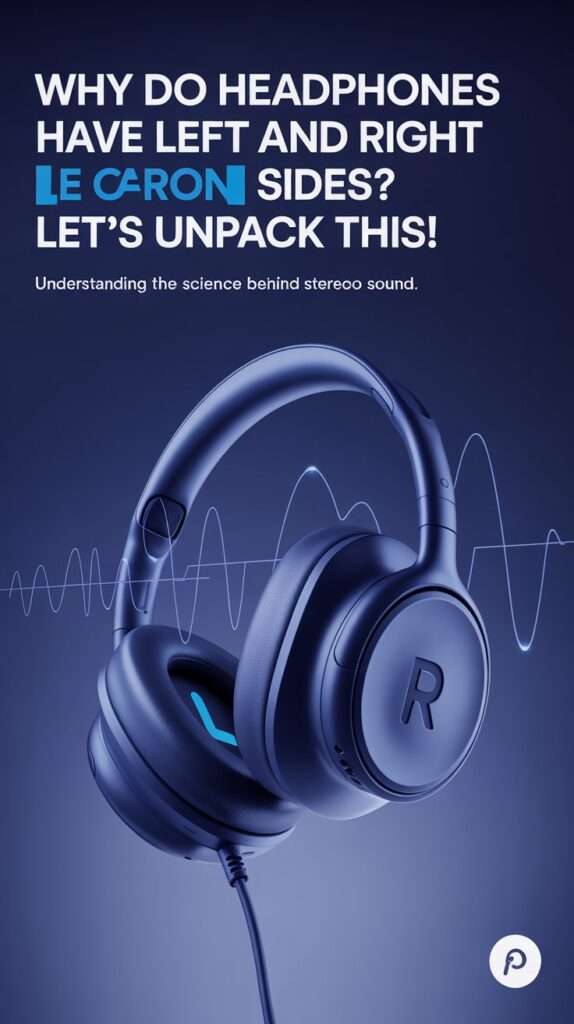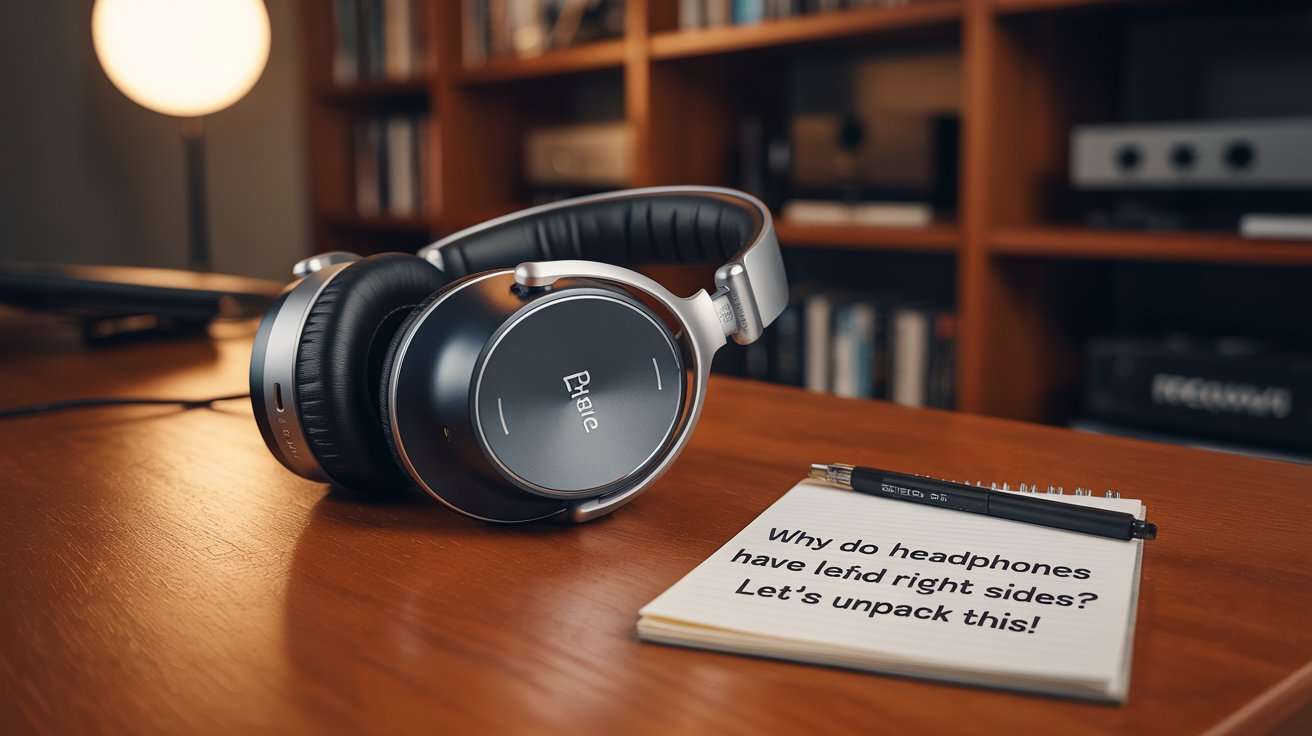Ever looked at your headphones and thought, “Wait, why do these little things bother to mark left and right? Isn’t sound just sound?” I mean, c’mon can’t we just slap ‘em on whatever ears and call it a day? Well, turns out, the answer’s way cooler and nerdier than you might expect.
As someone who’s sunk more hours into headphones than into most social interactions, I can promise this isn’t just some techie nonsense; it actually matters for your listening experience. So grab your favorite tunes, and let’s have a friendly chat about why headphone sides aren’t just arbitrary labels.
1. The Basics: Why the Left and Right Ear?
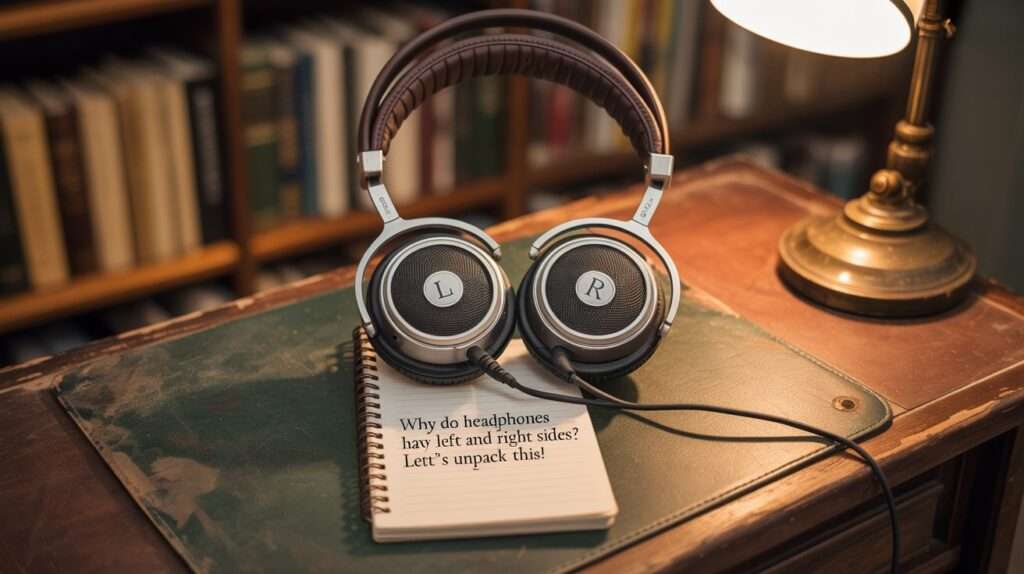
Sound’s Direction Matters, Seriously
Imagine watching a movie where the rain is pouring on your left side, but the sound plays only through the right ear. Kinda ruins the vibe, right? That’s exactly the point of having designated left and right headphone sides — stereo sound. Stereo separates the audio into two channels, simulating the way we naturally hear sounds in real life: with two ears.
Our brains love this because it gives us spatial awareness. We can tell where sounds are coming from, making music and movies way more immersive. Without left and right channels, everything would sound flat, like a radio stuck in mono mode.
The Science of Stereo Hearing
Your two ears are a dynamic duo. They capture sound at slightly different times and volumes. This tiny difference is how your brain figures out the position and distance of sounds (science calls it binaural hearing). Headphones mimic this by sending distinct signals to each ear—left audio to the left ear, right audio to the right.
This setup lets you hear the world in 3D audio. Not literally 3D like virtual reality but close enough to trick your brain into “placing” sounds in space. Crazy, huh?
2. Technical Reasons Behind the Labels
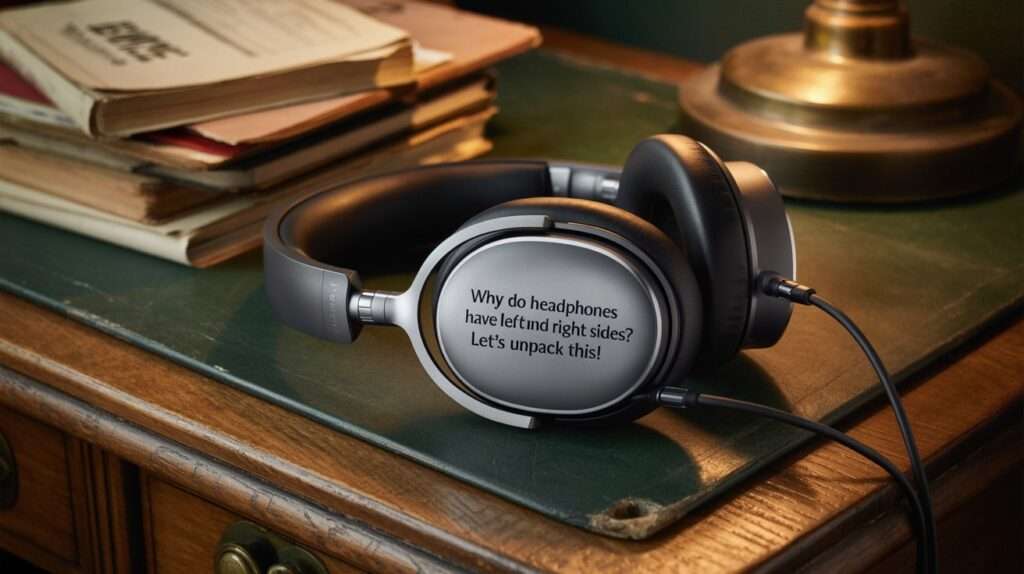
It’s All About the Wiring
Inside your headphones, there are tiny wires and circuits mapped out to send specific sounds to each ear. If you mix left with right, you’re sending signals to the wrong side. That’s like swapping the steering wheel and pedals in a car—not exactly ideal.
Here’s a quick facts list for the tech buffs:
- Left and right channels carry different data—instruments and vocals might be separated.
- Audio engineers mix soundtracks with spatial placement in mind, using left/right channels to create depth and clarity.
- Wrong wiring or swapped sides mess up this balance, making music sound off or confusing.
Protect Your Hearing—Seriously!
Here’s a fun fact (that’s actually not fun): some headphones design their sound profile based on ear anatomy. Our ears aren’t symmetrical, so audio frequencies sometimes get tailored differently for each ear. Wearing headphones the right way ensures you get balanced sound pressure. Swap ‘em, and you might end up with ear fatigue or discomfort. Trust me, your ears will thank you later.
3. Personal Experience: Why I Got Serious About Left and Right
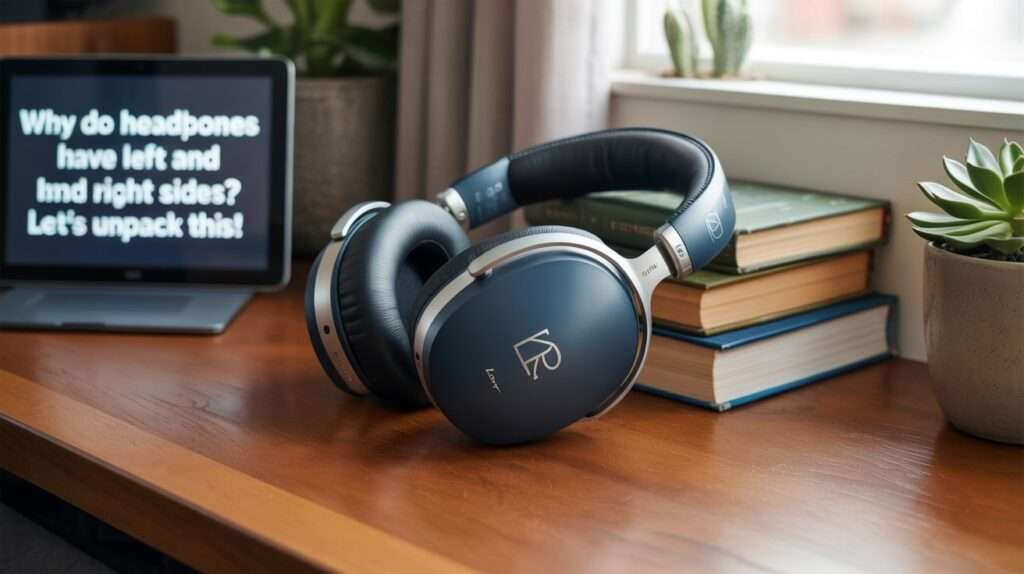
I used to be the “throw-it-on-any-ear” type. Honestly, I thought my earbuds would just magically sound the same. Oh, how wrong I was! I remember catching a concert live-stream on headphones one day, and I couldn’t figure out why the guitar kept moving all over the place.
Then I noticed my earbuds were swapped. The music sounded weird, spatially all over the place not in a good way.
Once I put them back correctly, it was like night and day. Suddenly, the guitar had a cozy spot on the left; the drums rumbled on the right like they were actually behind me. That’s when it hit me—this “left” and “right” stuff isn’t just a fancy label; it’s the difference between blurry sound and concert-level immersion.
4. Left and Right: A Tale of Balance and Comfort
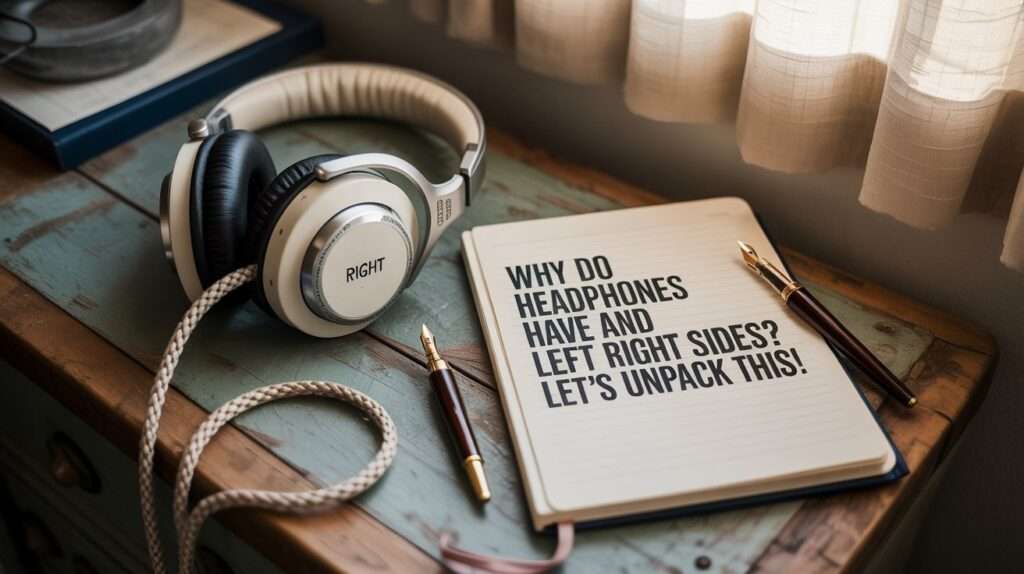
Give Your Headphones a Break (By Wearing Them Right!)
Wearing headphones the right way isn’t just about sound quality—it also helps with comfort. Headphones are designed ergonomically to fit each ear’s shape. Flip them, and you might feel that irritating squeeze or pressure after a while.
Long Listening Sessions? Don’t Skimp on This!
When I binge on podcasts or vinyl albums, I always double-check the L and R. After a couple of hours, wearing them wrongly? That’s a surefire way to get a headache or an uneven ear ache. True story.
Fun Fact: How They Mark Left and Right
Ever wonder why the left side is usually marked with an “L” and the right with an “R”? Well, it seems obvious, but different brands do it differently—sometimes the colors tell you which is which: red for right, blue or black for left (FYI, red’s basically the universal ‘right’ color).
Why Not Just Use Colors?
Colors are great—unless you have color blindness. That’s why most headphones put both letters and colors for clarity. Also, the placement of the markings is usually on the ear cup or inside the band, so you don’t have to guess in the dark.
5. What Happens If You Don’t Care About Left and Right?
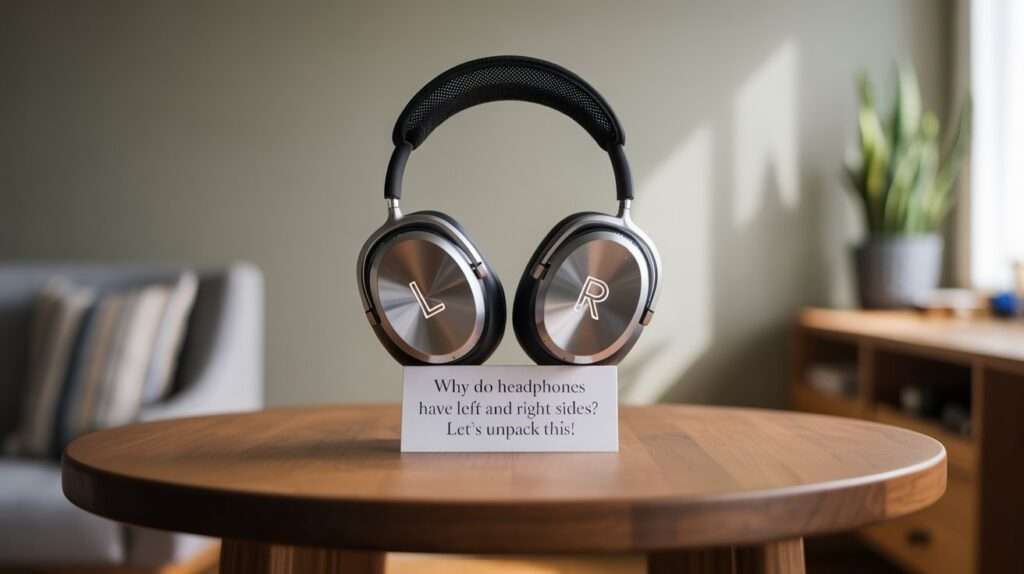
You’ll Still Hear Music, But…
Sure, you can wear headphones whichever way you like, and yeah, you’ll hear sound. But it’s like watching 3D movies without the glasses—you’re missing a big part of the experience. The music loses its magic when instruments and vocals blend weirdly.
For Gamers and Movie Buffs: Big No-No
If you play games or watch movies, ignoring left and right is a rookie mistake. Sound effects like footsteps or explosions have directionality. Wearing headphones the wrong way amps up confusion and ruins the suspense. Imagine hearing a monster creeping from your right when it’s actually on your left—that’s a fail.
6. Helpful Tips for Getting It Right
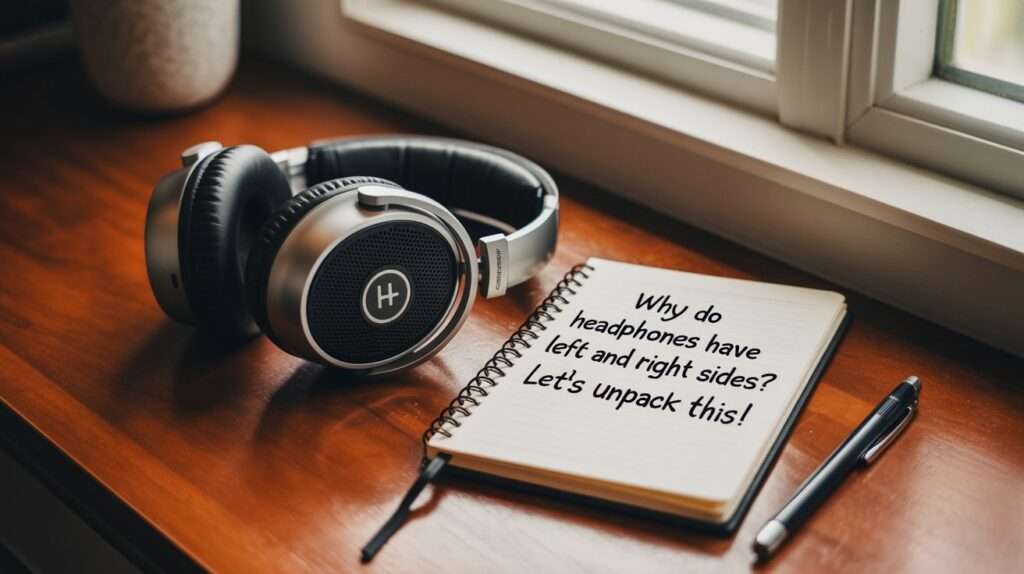
How to Tell Left From Right in Headphones
- Look for the “L” and “R” markers. They aren’t just decoration, promise.
- Remember color codes: Red means right, anything else usually means left.
- Fit check: The headphone should feel comfortable—try swapping if it feels weird.
Bonus: Wearing Tips for Ultimate Sound and Comfort
- Adjust the headband so the cups fully cover your ears, sealing sound leaks.
- Don’t crank volume to crazy loud; that ruins ears faster than you can say “playlist.”
- Consider headphone pads shape—some people swear by over-ear, others by on-ear for comfort.
Wrapping It Up: Why Left and Right Matter More Than You Think
So, why do headphones have left and right sides? Because your ears and brain want a realistic, immersive sound experience. It’s all about getting the details right, from the stereo mix to comfy fit and accurate sound placement. You’re not just listening; you’re stepping into a sonic world designed to dazzle.
Next time you pick up your headphones, give a little nod to the left and right markers it’s where science meets art, all so your favorite jams can sound their best. Or, you know, until you accidentally wear them backwards and wonder why your music went bonkers. Been there, done that.
Don’t take your listening experience for granted your ears deserve the VIP treatment! And hey, if you end up sharing this with your friends, they might just think you’re the headphone whisperer now.
